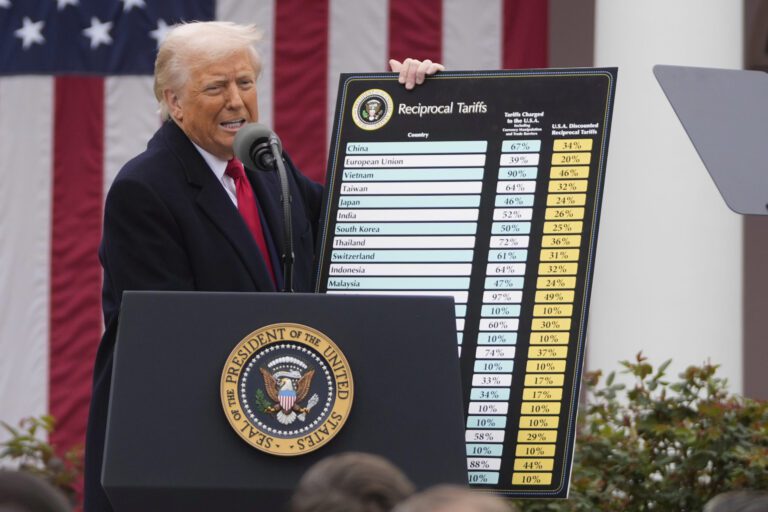Major Trade Agreement Announced Between U.S. and China
President Trump recently unveiled an important development in U.S.-China trade relations, stating that both countries have reached an agreement with new terms, signaling a potential shift in one of the world’s most significant economic partnerships.
Excellent Relations and New Trade Terms
Mr. Trump described the relationship between the United States and China as "excellent" in a post on Truth Social. He announced that the trade deal is finalized, pending approval from Chinese President Xi Jinping. Key terms of the deal include:
- Tariff Structure: The U.S. set a 55% tariff on Chinese imports, while China will impose a 10% tariff on American goods.
- Rare Earth Materials: China will provide magnets and "any necessary rare earths upfront," crucial for various industries, including automotive and defense.
In return, the U.S. plans to offer concessions, which includes allowing Chinese students to attend American colleges and universities, a move Mr. Trump supports.
Enhancing Trade Opportunities
Mr. Trump emphasized his dedication to collaborating closely with President Xi, highlighting the agreement as a significant win for both nations. He stated that mutual benefits could enhance trade cooperation further.
The announcement follows two days of high-level discussions held in London, where representatives from both countries acknowledged considerable progress. U.S. Secretary of Commerce, Howard Lutnick, confirmed that a framework had been established to foster a cooperative relationship based on the Geneva consensus.
Chinese Response
Li Chenggang, China’s international trade representative, expressed similar optimism regarding the negotiations. The discussions centered around the supply of rare earth elements, a crucial topic given China’s overwhelming dominance in this sector. Currently, China produces roughly 60% of the world’s rare earth elements and processes nearly 90% of the global supply, raising concerns about their monopoly in this critical area.
Addressing Prior Tensions
The recent talks came after a period of rising tensions, particularly following China’s decision in April to impose export restrictions on critical minerals. This action was a direct retaliation to President Trump’s heightened tariffs on Chinese products, significantly affecting global market dynamics and supply chains.
American officials have consistently expressed concern over China’s stronghold on rare earth elements, which play a vital role in technological progress and the transition to renewable energy sources.
Future Considerations for Trade
Treasury Secretary Scott Bessent, who returned from the recent London meetings, emphasized that China has a "singular opportunity" to stabilize its economy by shifting from an export-driven model to one focused on domestic consumption. He remarked:
“But the country needs to be a reliable partner in trade negotiations. If China will course-correct by upholding its end of the initial trade agreement we outlined in Geneva last month, then a big, beautiful rebalancing of the world’s two largest economies is possible.”
Conclusion
The newly proposed trade agreement between the U.S. and China represents a pivotal moment in economic relations between the two nations. As both countries work towards finalizing the details and implementation of this deal, the hope is for a more stable and cooperative future, benefiting not just the involved parties, but the global economy as well.
For more on international trade agreements, explore World Trade Organization resources and updates.


